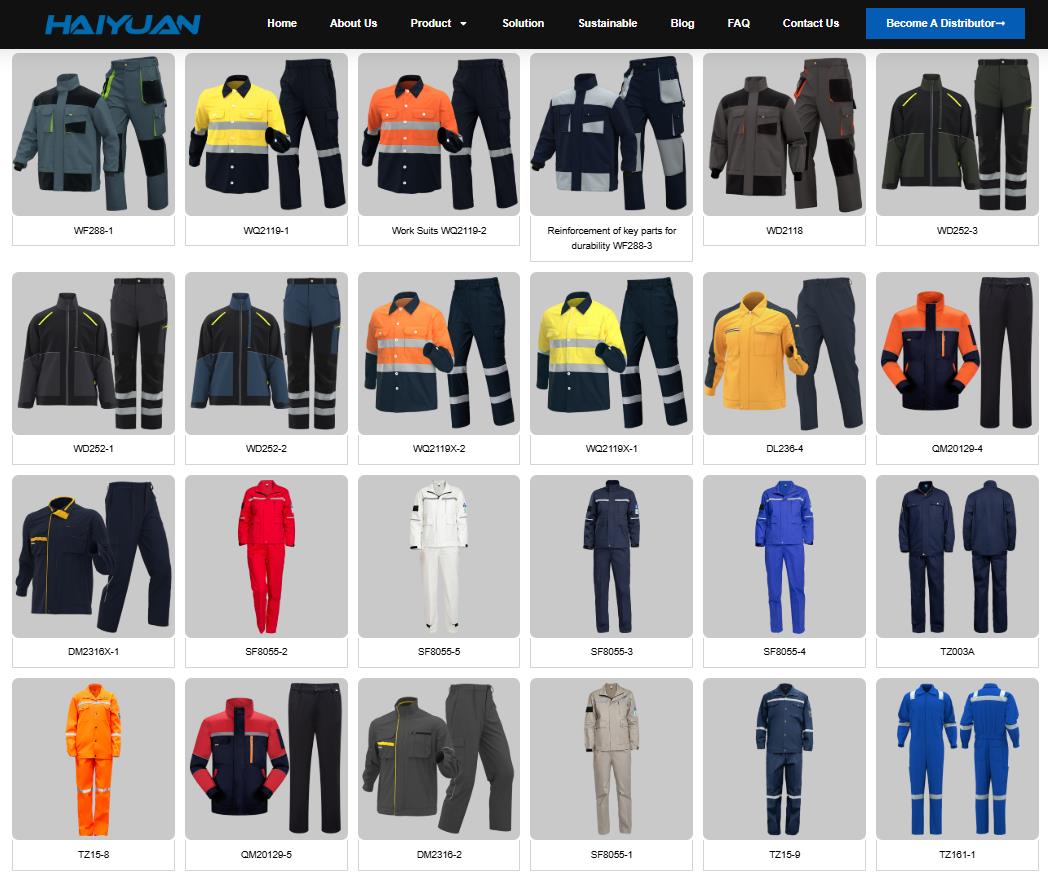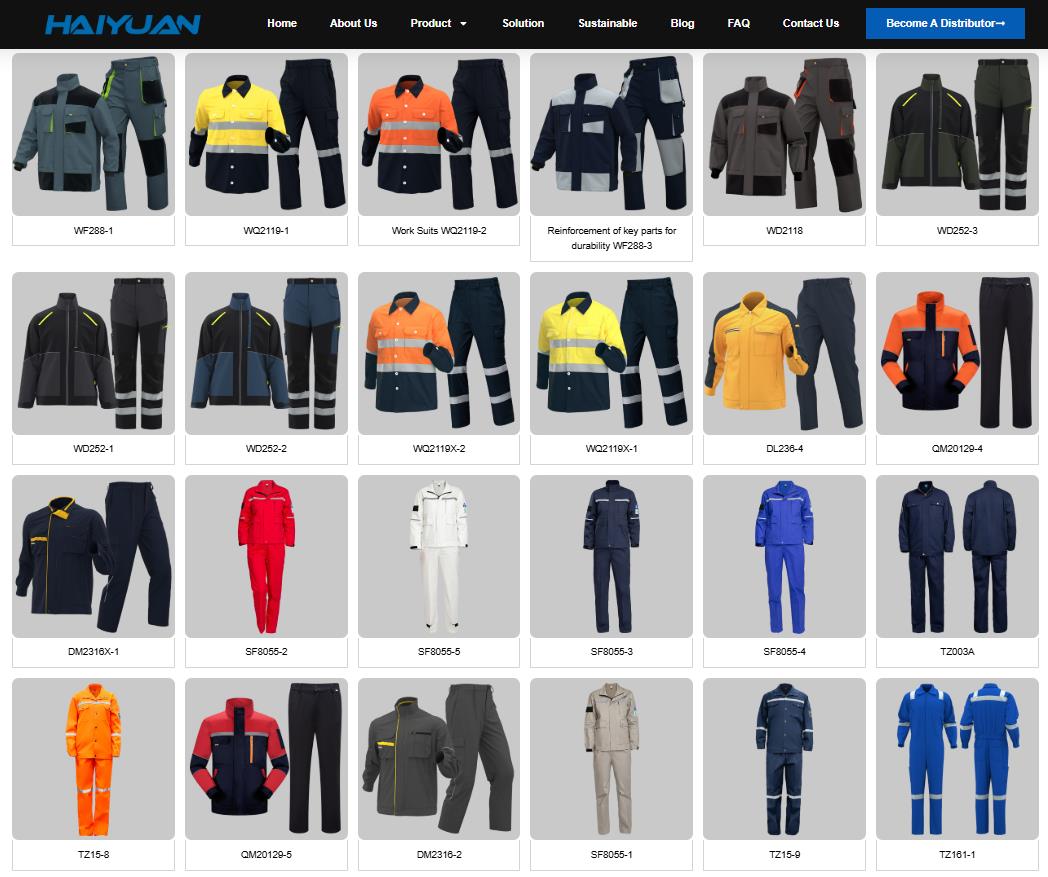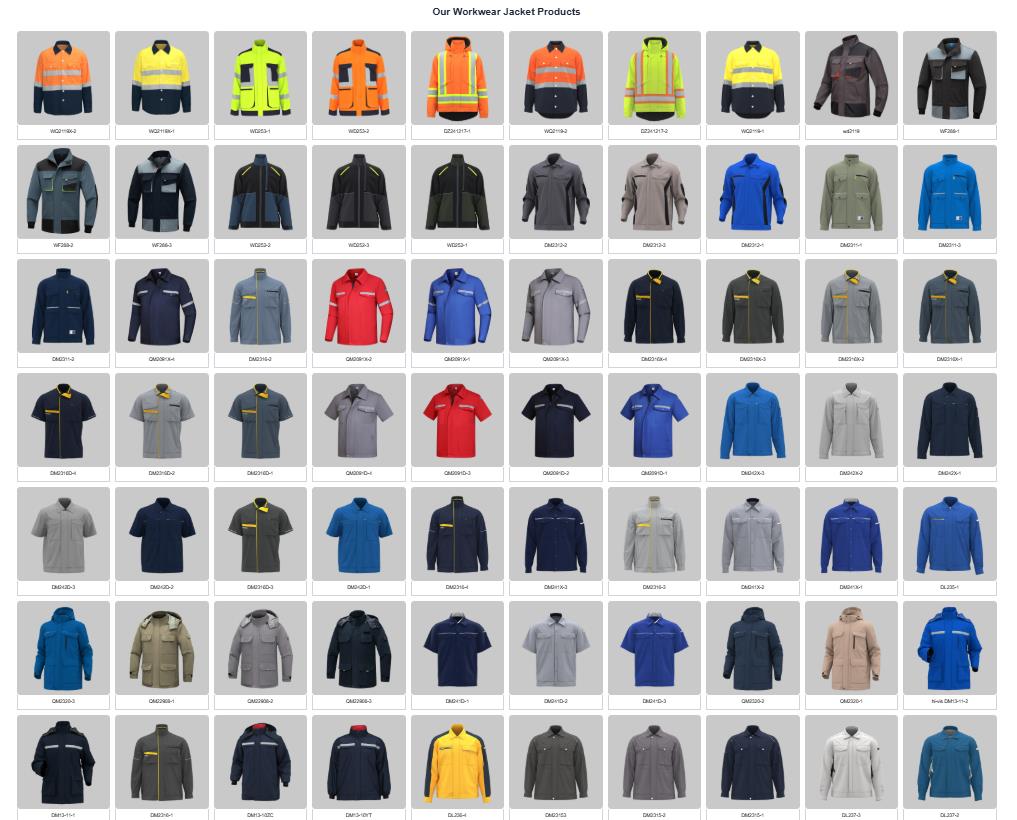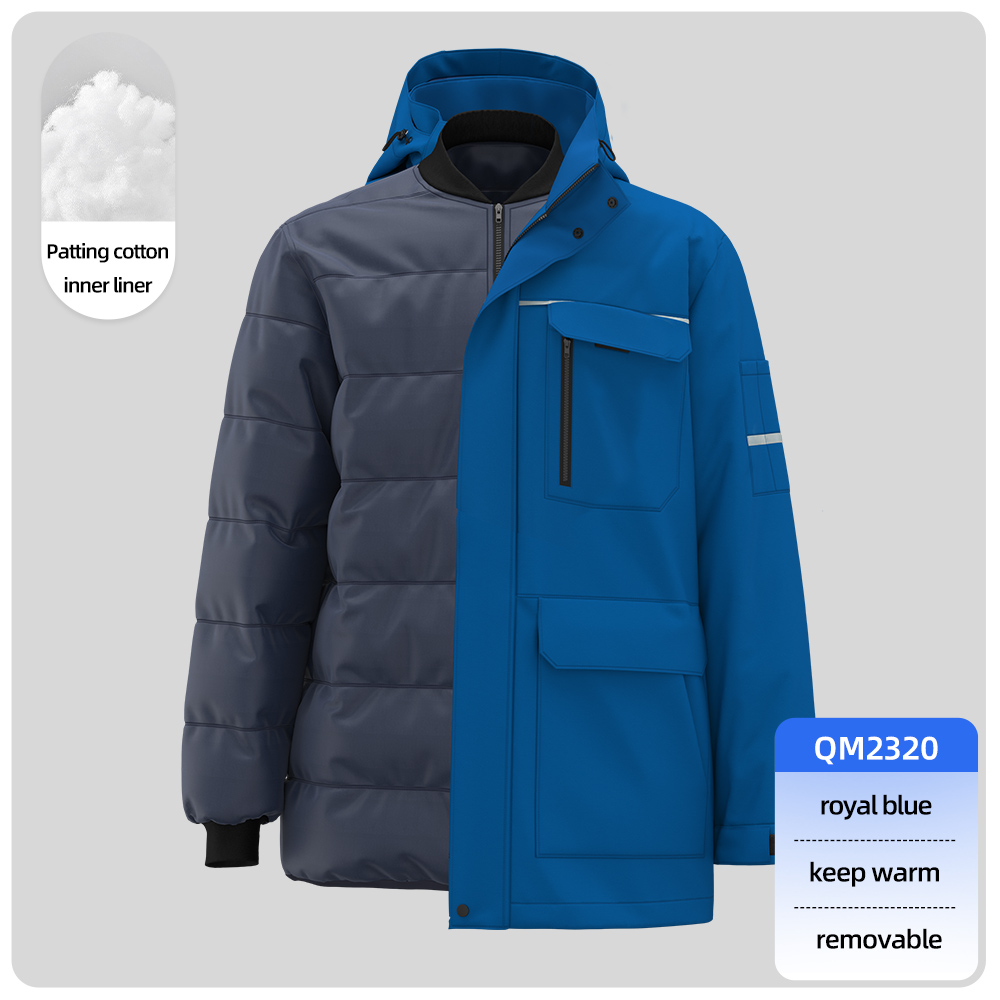That’s a very common and practical business arrangement! Importing custom work uniforms from China offers Indonesian companies significant advantages in cost and customization. Here’s a breakdown of the key aspects and steps involved:
Why it’s Popular:
-
Cost-Effectiveness: Chinese manufacturers often offer lower production costs (labor, materials, economies of scale) compared to local Indonesian production or sourcing from other countries.
-
Manufacturing Capacity & Flexibility: China has a vast textile and garment industry capable of handling large orders and complex customizations (like logos, specific fabrics, unique designs).
-
Customization Expertise: Factories are well-equipped for embroidery, printing (screen, DTG, sublimation), and other logo application methods.
-
Variety: Access to a wide range of fabrics, styles, and uniform types.
Key Steps & Considerations for the Indonesian Company:
-
Finding & Vetting Suppliers:
-
Platforms: Use B2B platforms like Alibaba, Made-in-China, Global Sources. Search for “workwear manufacturer,” “corporate uniforms,” “custom logo apparel,” etc.
-
Verification: Crucial! Check supplier credentials (business license), factory audits (e.g., via third parties like SGS, BV), reviews, and communication responsiveness.
-
Samples: Always order physical samples before committing to a large order. Evaluate fabric quality, stitching, durability, sizing accuracy, and most importantly, the quality and placement of the logo application (embroidery density, print vibrancy/wash fastness).
-
MOQ (Minimum Order Quantity): Be clear on MOQs, which can vary significantly (e.g., 50-100 pieces per style/color, sometimes higher for complex customizations).
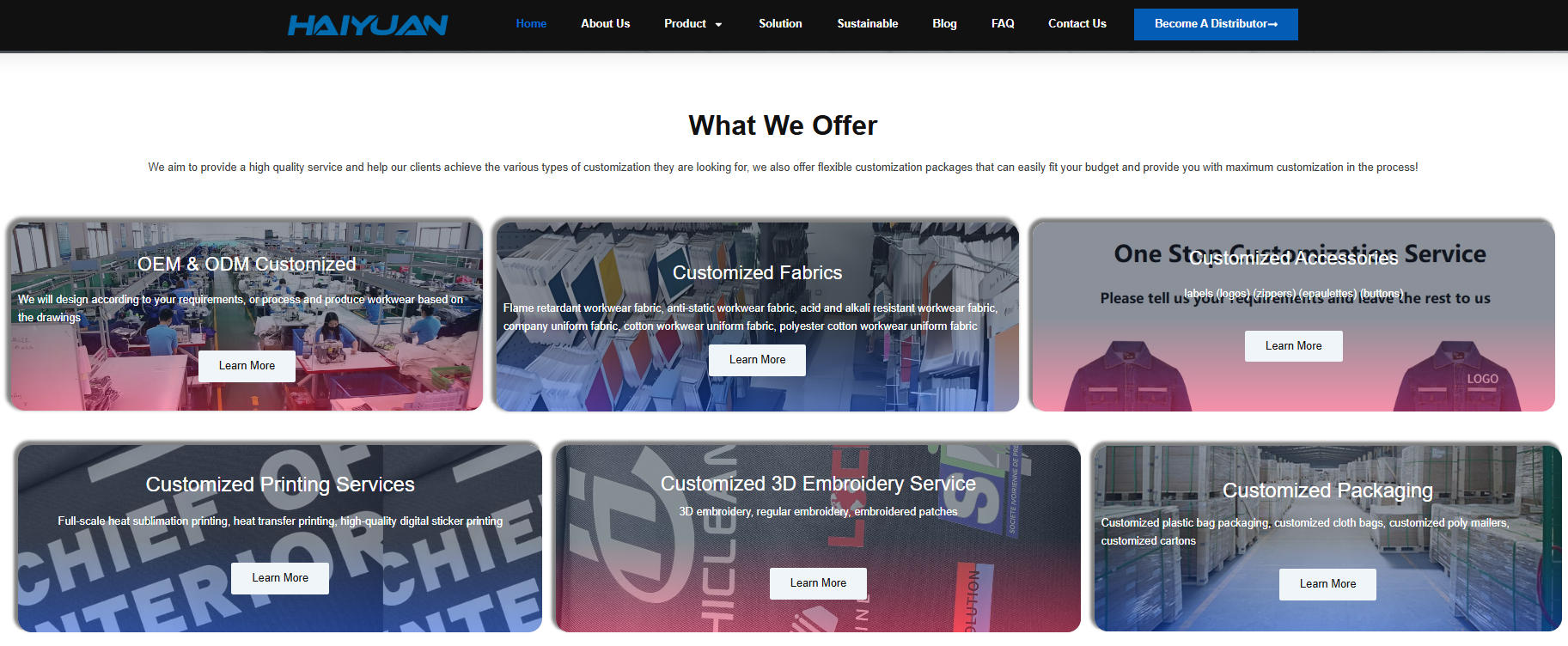
what we offer
-
-
Specifying Requirements Clearly:
-
Uniform Design: Provide detailed tech packs (technical drawings) or reference samples. Include precise measurements/sizing charts.
-
Materials: Specify exact fabric types, compositions, weights, colors (provide Pantone codes), and any required certifications (e.g., fire-retardant, moisture-wicking).
-
Logo Customization:
-
Method: Specify embroidery (thread type, density, stitch count), printing (screen, DTG, sublimation, heat transfer), or patches.
-
Artwork: Provide high-resolution vector files (AI, EPS, PDF) of the logo. Specify exact placement, size, and thread colors (for embroidery).
-
Digitization: For embroidery, the supplier will need to digitize your logo (often an extra cost). Approve the digital stitch file before production.
-
-
Packaging: Specify individual poly bags, labeling (size, SKU), carton markings, and any special packing instructions.
-
-
Quality Control (QC):
-
Pre-Production Sample: Approve this after logo digitization but before mass production.
-
During Production (DUPRO): Optional but recommended for large orders. Inspect early production batches.
-
Pre-Shipment Inspection (PSI): Essential! Hire a third-party inspection company (like SGS, Intertek, QIMA, or a specialized apparel inspector) to check a random sample from the finished goods against your specifications (quality, sizing, logo, quantity, packaging). This happens before payment of the balance and shipment.
-
Defect Allowance: Define acceptable defect levels (AQL – Acceptable Quality Level) in the contract.
-
-
Logistics & Shipping:
-
Incoterms: Clearly agree on responsibilities and costs (e.g., FOB – Free On Board Shanghai/Shenzhen/Ningbo is common. The buyer arranges main shipping from there). EXW (Ex-Works) means you handle everything from the factory door. CIF (Cost, Insurance, Freight) to an Indonesian port means the supplier arranges shipping and insurance, but you handle import clearance.
-
Freight Forwarder: Engage a reliable freight forwarder experienced in China-Indonesia shipments. They handle booking cargo space, documentation, customs clearance in Indonesia, and inland delivery.
-
Shipping Mode: Sea freight (LCL – Less than Container Load or FCL – Full Container Load) is most economical for uniforms. Air freight is faster but significantly more expensive.
-
Documentation: Ensure supplier provides all necessary docs: Commercial Invoice, Packing List, Bill of Lading (or Air Waybill), Certificate of Origin (often needed for customs/duty calculation in Indonesia).

logistics shipping
-
-
Import Customs Clearance in Indonesia:
-
Importer of Record (IOR): The Indonesian company needs an Import License (API – Angka Pengenal Importir) and a Customs Identification Number (NIK).
-
Customs Broker: Highly recommended to use a licensed Indonesian customs broker. They handle the complex paperwork and procedures with Indonesian Customs (Bea Cukai).
-
Duties & Taxes: Calculate and pay applicable import duties, Value Added Tax (VAT/PPN), and potentially Income Tax (PPh 22 Impor) based on the CIF value (Cost, Insurance, Freight) and HS Code for the uniforms. Rates vary depending on the specific garment type and material.
-
Regulations: Ensure the uniforms comply with Indonesian labeling requirements (if any) and general import regulations.
-
-
Cost Factors Beyond Unit Price:
-
Tooling/Digitization Fees: For logo embroidery setups.
-
Sample Costs & Shipping.
-
Inspection Fees.
-
International Shipping (Freight) Costs.
-
Marine Cargo Insurance.
-
Customs Duties & Taxes in Indonesia.
-
Customs Broker Fees.
-
Local Transportation in Indonesia.
-
Potential Bank Charges (for international payments).
-
-
Payment Terms:
-
Negotiate terms carefully. Common options:
-
T/T (Telegraphic Transfer): 30% deposit, 70% balance against copy of Bill of Lading (B/L) is standard. Higher risk for buyer.
-
Letter of Credit (L/C): More secure for both parties but involves bank fees and complexity. Useful for large orders or new suppliers.
-
Escrow Services (via platforms like Alibaba): Offers some protection.
-
-
Avoid 100% upfront payment.
-
Tips for Success:
-
Clear Communication: Be extremely detailed and specific in all communications. Confirm everything in writing (email). Use simple English.
-
Build Relationships: Treat suppliers as partners. Good relationships lead to better service and priority.
-
Start Small: For a new supplier, place a smaller trial order before committing to large volumes.
-
Factor in Lead Time: Include production time, shipping time (especially sea freight), and customs clearance time (can be variable in Indonesia).
-
Understand Cultural Differences: Be patient and respectful in negotiations. Chinese business culture often values relationship building.
-
Legal Contract: Have a formal purchase contract covering all specifications, QC standards, payment terms, Incoterms, and dispute resolution mechanisms.
By carefully navigating these steps and considerations, Indonesian companies can effectively leverage Chinese manufacturing to source high-quality, custom-branded work uniforms at competitive prices, supporting their brand image and operational needs.
Recommended reading:

